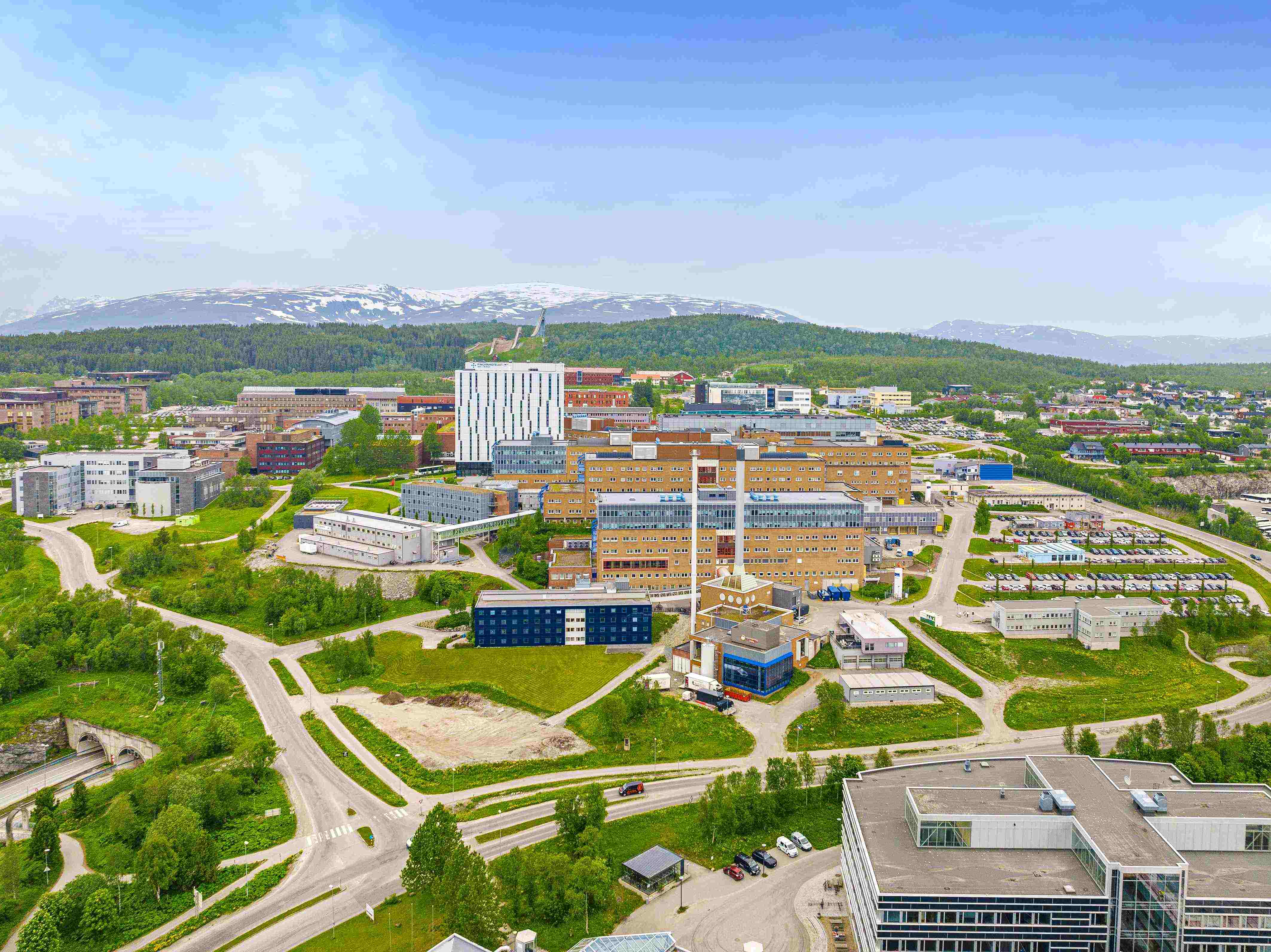The main driver behind this project is European Union's phasing out of fluorescent lighting due to the Restriction of Hazardous Substances (RoHS) directive, which took effect in 2023. Fluorescent lighting contains mercury, a hazardous substance potentially detrimental to both humans and the environment if not handled properly.
Astrid Simonsen Joos, the CEO of Glamox, shared her enthusiasm for this project, especially given her personal ties to Tromsø: "Having our luminaires selected for this project is extra special for me as I was born and raised in Tromsø. The UNN hospital is a pioneer in doing what's right for its patients, staff, and the environment. I'm also pleased that the switch to our LED luminaires will enable the hospital to make significant electricity savings on lighting and reduce its carbon footprint."

The hospital's lighting transformation includes a wide range of energy-efficient LED luminaires, from linear lights to downlighters, and adaptable 'LED kits' designed to reuse existing luminaire housing. These modern fixtures will illuminate every facet of the hospital's facilities, including wards, patient recovery rooms, staff areas, restrooms, offices, technical rooms, and accommodations for healthcare professionals. Some of the luminaires will be connected and controlled using a DALI-based control system.
Furthermore, Glamox's specially designed cleanroom luminaires will be installed in the hospital's operating theaters. These luminaires are constructed with materials capable of withstanding rigorous cleaning protocols, rigorously tested at the Fraunhofer IPA facility for ultraclean technology in Stuttgart, Germany.
Many of the newly installed LED luminaires in the hospital are "connect-ready," allowing for potential integration with smart light management systems for precise monitoring and control.
GK will undertake the installation in phases and has secured a contract with the Hospital Purchasing Service (Sykehusinnkjøp HF) until July 2025, with the possibility of a two-year extension. The impact of this LED lighting transformation extends beyond mere illumination—it's a significant step toward a more sustainable and efficient future for UNN Hospital.
,(0.5,0.5,1,1)&format=jpg)